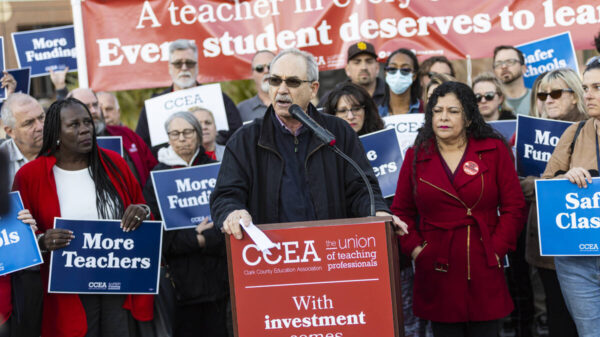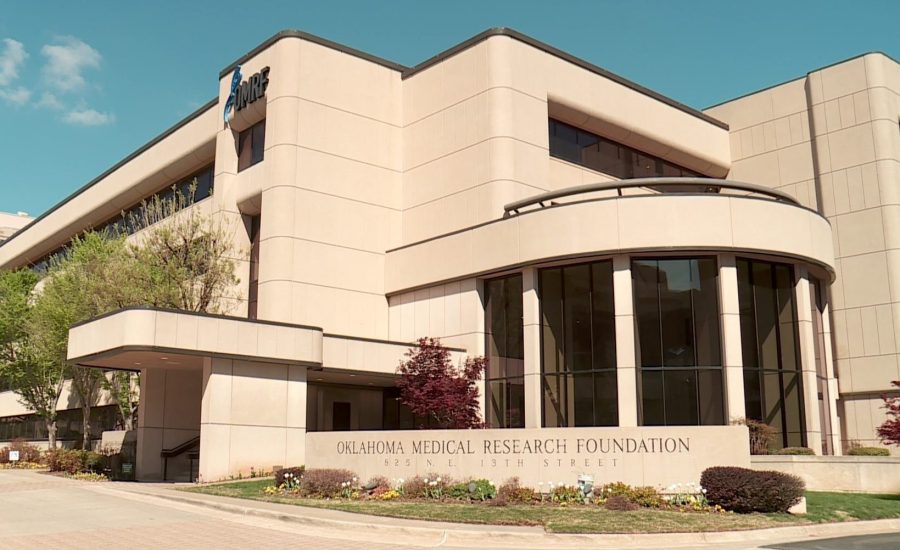BREAKING: A devastating proposal from the Trump administration could slash the National Institutes of Health (NIH) budget by an alarming 44 percent, raising urgent concerns among medical research leaders in Oklahoma. The proposed cut would reduce the NIH’s budget from $47 billion to less than half, jeopardizing critical research and funding for institutions like the Oklahoma Medical Research Foundation (OMRF).
Dr. Andrew Weyrich, President of OMRF, expressed deep alarm over the implications of these budget cuts, stating, “I’ve been in this for 40 years and I’ve never seen anything like this.” The urgency is palpable as OMRF grapples with already reduced funding levels compared to last year. In the first five months of 2025, OMRF has received just under $12 million, which is less than half of what they secured during the same period in 2024.
“This is a little bit nerve-racking,” Dr. Weyrich added, highlighting the challenges in recruiting new investigators and providing them with the necessary support for their research. The OMRF has relied on NIH funding since the 1950s, with 40 percent of its funding sourced from the Institute.
The implications of the proposed cuts are dire. Dr. Weyrich warned that if these cuts go through, it would be unprecedented in the history of federal research funding. “Our ability to give them support that they need so that they can get the research done is going to be significantly hampered,” he said. The ongoing funding delays and cuts at the federal level have already slowed progress in vital areas like immunotherapy, weight loss, and hypertension treatments.
This proposal has not yet been finalized, but the clock is ticking. In response to these urgent concerns, Dr. Weyrich and the OMRF are actively collaborating with congressional leaders to push back against the proposal. The Federation of American Societies for Experimental Biology has also mobilized, reaching out to Congress to express their apprehensions regarding the potential impact on public health and safety.
Dr. Weyrich remains hopeful that bipartisan support can ultimately lead to solutions that prioritize life-saving research. “The idea is that you make discoveries at the bench that will then get to the bedside, that will impact people,” he said.
As discussions continue, the research community is watching closely. The stakes have never been higher, and the future of critical medical advancements hangs in the balance. Stay tuned for further updates as this developing story unfolds.





































































